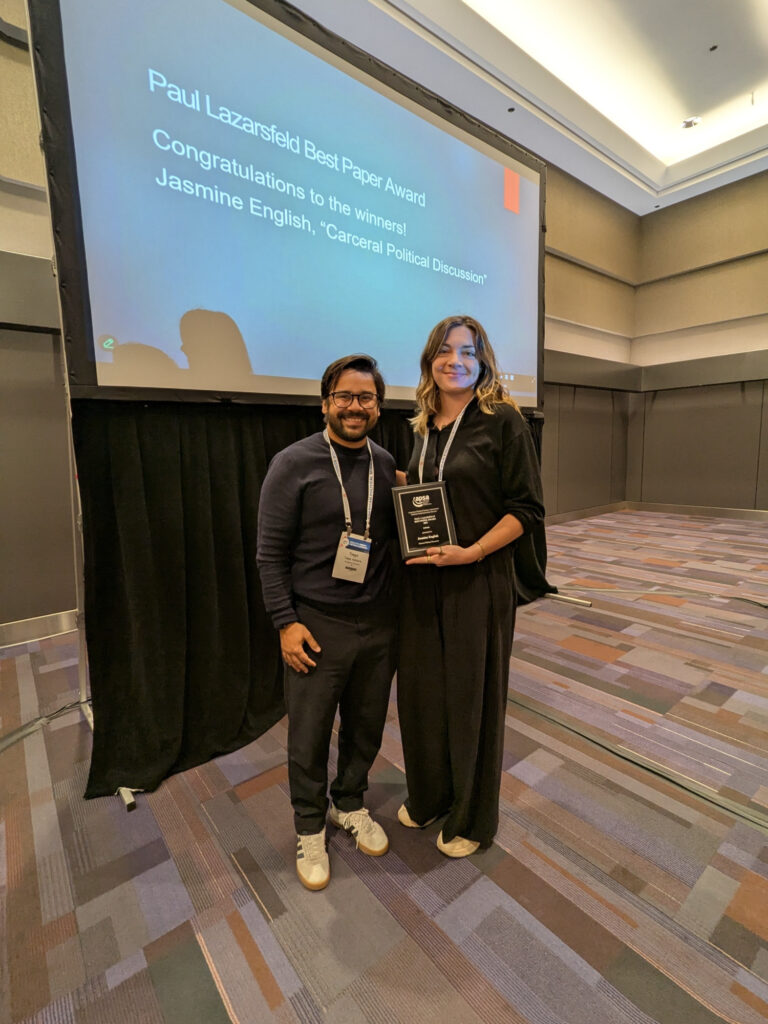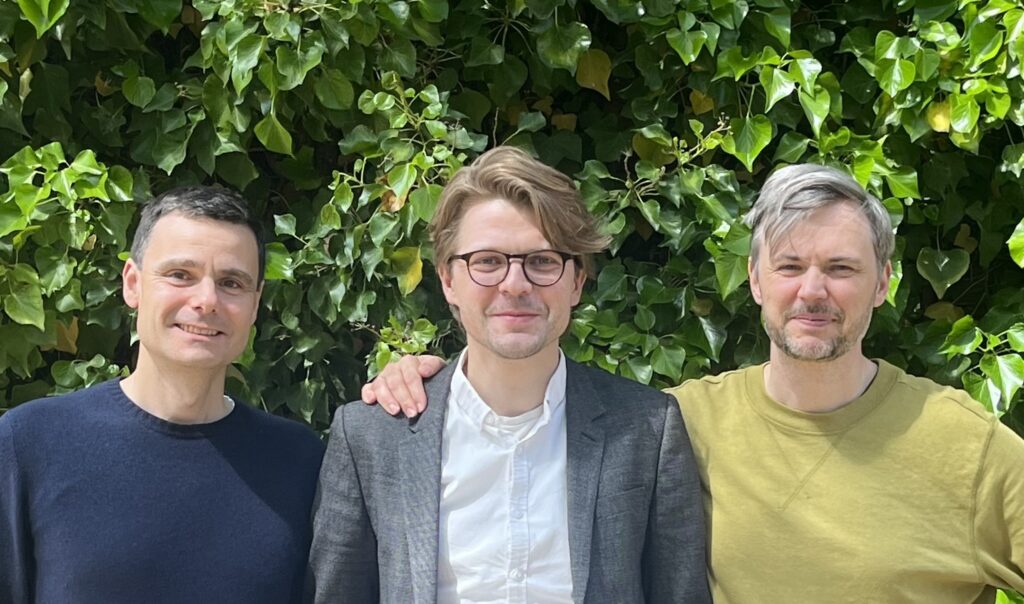Award won:
Timothy E. Cook Best Graduate Student Paper Award Committee
Name(s) & affiliation:
- Rex Weiye Deng; Department of Political Science, Washington University in St. Louis
Project title:
- Screened Realities: How Entertainment Fosters Political Compliance in Autocracies
Publication reference:
Tell us something about you/your team and how and why you decided to focus on this research
I am a PhD candidate at the Department of Political Science, Washington University in St. Louis. I primarily study authoritarian politics and political communication, with a regional focus on China.
The motivation for this research grew out of two converging observations. First, about a decade ago I noticed a striking revival of anti-corruption TV dramas and documentaries in China—programs that exposed official misconduct yet were produced and promoted by the state itself. As these shows became immensely popular and spurred public discussion rather than suppression, I found myself asking: why would an authoritarian regime allow seemingly self-critical entertainment, and how might it use that content to shape citizens’ beliefs?
Second, recent scholarship in the U.S. has shown that entertainment (rather than news) can influence political attitudes, beliefs about mobility and fairness, and even public policy preferences. That research made me realise that entertainment is far more than “just fun” media—it’s a form of political communication, ripe for analysis across regimes. Together, these strands motivated me to explore how entertainment—its production, narrative, and dissemination—becomes a tool of political influence, especially in non-democratic systems.
Summarize the main takeaway of your project.
- My project shows how China’s regime uses “problem-revealing entertainment” in the past decade—TV dramas and documentaries that expose corruption but highlight reform—to boost perceptions of government competence and accountability.
What made this project a “polcomm project”?
- This project is a political communication study because it examines how media narratives (and more specifically, entertainment) shape citizens’ political perceptions. The focuses of this study, including persuasion, framing, and media effects, are at the heart of the field. Like other influential research on soft news, infotainment, and narrative persuasion in American politics, it explores how entertainment can influence political attitudes by embedding messages in engaging stories.
Extending these insights to an authoritarian context, the project shows how the Chinese regime uses “problem-revealing entertainment”—TV dramas and documentaries that dramatize corruption but highlight reform—to improve perceptions of competence and accountability. By combining theories of narrative persuasion with empirical tests of attitude change, it demonstrates even under settings of strong authoritarian control, narrative-based communication operates through familiar mechanisms of realism and immersion, which are central to political communication research.
What, if anything, would you do differently, if you were to start this project again? (What was the most challenging part of this project? …& how did you overcome those challenges?)
- Two big things. First, social desirability bias. Measuring regime evaluations is sensitive, so next time I’d build a list experiment into the primary outcomes (alongside the Word Association Test I used and the “bury-in-filler” item ordering) to further reduce demand effects. The challenge was getting honest attitudes in an authoritarian context; I mitigated it with WAT, dispersed political items, and a placebo drama arm, but a list experiment would strengthen inference about true beliefs.
Second, a tighter test of the mechanism. I’d add an alternative, apolitical control (e.g., a nature or sports recap matched on length/production value) to cleanly separate “narrative immersion” from “political content.” If budget allows, I’d also use a two-stage design that independently varies (a) realism/negativity (systemic-corruption vs isolated-case edits) and (b) immersion (coherent recap vs disrupted/segment order), with preregistered checks for perceived realism, engagement, and counter-arguing. This would more rigorously test whether problem-revealing entertainment → immersion → persuasion drives the effects beyond any generic entertainment exposure.
What other research do you currently see being done in this field and what would you like to see more of in the future?
- Recent work by Eunji Kim has revitalized the study of entertainment and political communication in democratic contexts. Her AJPS article “Entertaining Beliefs in Economic Mobility” (2023) and her forthcoming book The American Mirage (Princeton University Press, 2025) show how reality TV and entertainment media reinforce the myth of meritocracy and shape citizens’ beliefs about inequality and mobility. Together with Kim and Patterson (2024, APSR), these studies highlight how non-news entertainment can subtly sustain political worldviews, echoing classic soft-news research by Baum (2002) but using new psychological and experimental tools.
Building on this wave, future research could go beyond audience effects to analyze the supply side of entertainment—how political contexts shape what gets produced, who produces it, and under what constraints. As I argue in this project, examining how regimes (or even democracies) co-opt cultural elites, navigate institutional boundaries, and embed ideology in narratives would open the “black box” of media control and cultural production. This supply-side lens, which are largely understudied in the political communication literature, could connect comparative authoritarian research with American political communication by linking production incentives and media market dynamics to the downstream formation of attitudes and behaviors. Also, more research should examine how different forms of entertainment—dramas, documentaries, variety shows, or online streaming content—affect political attitudes and behaviors across diverse contexts.
What’s next? (Follow-up projects? Completely new direction?)
- My follow-up projects build on this study by further examining the political consequences of entertainment in authoritarian contexts. One ongoing project investigates how historical dramas that glorify emperors’ lives and achievements shape individuals’ contemporary support for strongman rule. Beyond authoritarian settings, I am also expanding this research agenda to explore how entertainment narratives can be harnessed to address pressing social and political challenges, such as reducing political misperceptions and fostering more informed public engagement.






